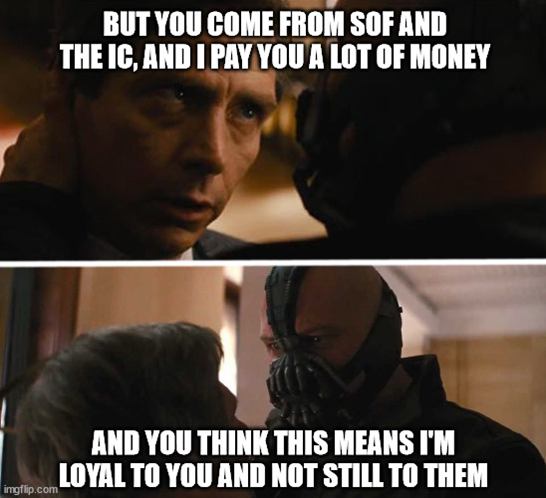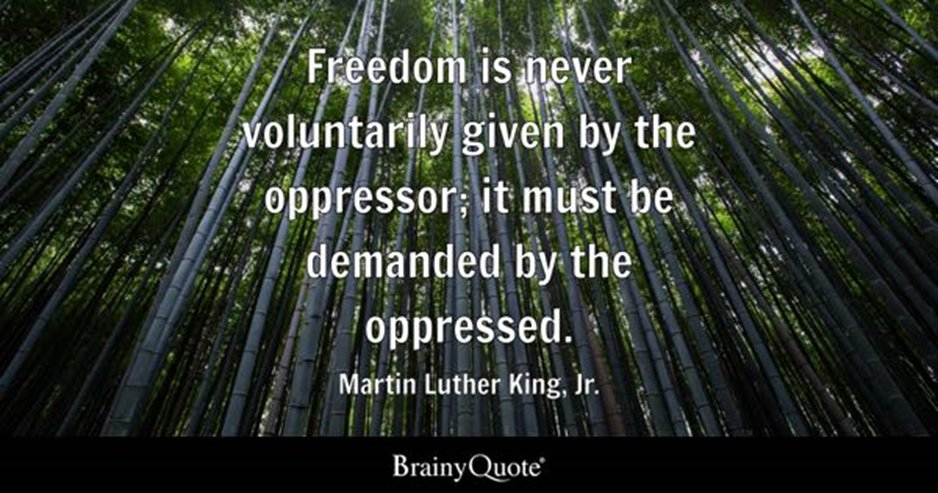The Liar Problem - a 🧵
The human brain processes language through a complex network of interconnected regions, primarily in the left hemisphere, including Broca's area for speech production, Wernicke's area for comprehension, and other areas in the temporal, parietal, and frontal lobes for various linguistic functions.
The human brain processes language through a complex network of interconnected regions, primarily in the left hemisphere, including Broca's area for speech production, Wernicke's area for comprehension, and other areas in the temporal, parietal, and frontal lobes for various linguistic functions.

This distributed language network engages in continuous prediction, contextual interpretation, and integration of semantic, syntactic, and prosodic information, allowing for the rapid and efficient processing of spoken and written language.
The problem is. The brain lies and is wholly susceptible to those lies it finds comfortable to believe. Lies so easily spun and hidden clever or not, with words. Words we verbal monkeys convert all signals internal and external to.
Humans, as a verbal species, are susceptible to deception due to a complex interplay of neurological and psychological factors. The following are the top seven reasons why:
Cognitive Biases | Our brains are inherently biased, which can make us vulnerable to deception. These cognitive biases act as mental shortcuts that can lead us to make errors in judgment and perception. For example, confirmation bias causes us to seek out information that confirms our existing beliefs, making us more likely to accept deceptive information that aligns with our preconceptions.
Sensory Limitations | Our senses can deceive us, leading to misinterpretations of reality. While our senses are crucial for survival, they are not infallible. Optical illusions and auditory misperceptions demonstrate how easily our senses can be tricked, making us susceptible to deception based on manipulated sensory input.
Social Trust | Humans are social creatures with a tendency to trust others, especially those within our social groups. This "truth bias" means we rarely consider the possibility of deception in most interactions. Our inclination to trust makes us vulnerable to those who would exploit that trust for deceptive purposes.
Emotional Manipulation | Deception often targets our emotions, which can override logical thinking. Fear, insecurity, and the desire for approval are powerful motivators that can be exploited by deceivers. When our emotions are engaged, we may be less likely to critically evaluate information presented to us.
Cognitive Load | Detecting deception requires significant cognitive resources. Our brains are often occupied with multiple tasks, making it challenging to scrutinize every piece of information we encounter. This cognitive load can make us more susceptible to accepting false information without thorough examination.
Prefrontal Cortex Limitations | The prefrontal cortex, responsible for executive functions like decision-making and impulse control, plays a crucial role in detecting deception. However, this region is also involved in generating deceptive responses. The dual role of the prefrontal cortex in both creating and detecting lies can sometimes lead to confusion and vulnerability to deception.
Evolutionary Adaptations | From an evolutionary perspective, the ability to deceive and detect deception has been crucial for survival. However, this also means we've evolved to be capable of deception ourselves, which paradoxically makes us more susceptible to being deceived. Our capacity for deception is intertwined with our vulnerability to it.
In us more 'educated' verbal monkeys, in always connected, information starved yet overloaded humans. The ways in which we are and do deceive, is through logical fallacies. The following are the 7 most used logical fallacies:
Ad Hominem: Attacking the person making the argument rather than addressing the argument itself. For example, dismissing someone's views because of their background or personal traits.
Appeal to Emotion: Manipulating emotions instead of using valid reasoning to win an argument. This often involves using fear, pity, or other strong emotions to sway people.
False Dichotomy (False Dilemma): Presenting only two options when there are actually more possibilities. This oversimplifies complex issues into an "either/or" choice.
Hasty Generalization: Drawing a conclusion based on insufficient or biased evidence. This involves making broad claims from limited examples.
Appeal to Authority: Claiming something is true because an authority figure or expert says it is, without providing actual evidence of linkage to an authority nor of the demonstrated validity of said authority.
Slippery Slope: Arguing that a relatively small first step will inevitably lead to a chain of related events, usually resulting in a significant negative outcome.
Circular Argument (Begging the Question): Using the conclusion of an argument as one of its premises. This creates a circular logic where the argument assumes what it's trying to prove.
The most common and powerful deception tool, however, in today's hyper connected world, is the Straw Man Fallacy which is comprised of seven components |
1. Misrepresentation of the opponent's position. The arguer distorts or oversimplifies the other side's actual argument, often making it more extreme or absurd than it really is.
2. Attacking this distorted version rather than the real argument. The arguer then criticizes this misrepresented stance instead of addressing the opponent's actual points.
3. Use of extreme language or exaggeration when summarizing the opponent's view. Look for words like "always," "never," or other absolutes that weren't part of the original argument.
4. Removal of nuance from the original position. The straw man often strips away qualifiers or context to make the argument seem more simplistic.
5. Quoting out of context. The arguer may selectively quote parts of the opponent's statement to misrepresent their full position.
6. Creating a false, extreme version of the opponent's view that's easier to attack. This "straw man" is set up to be easily knocked down.
7. Responding to a different argument than what was actually presented. The rebuttal doesn't match up with the original claim.
1. Misrepresentation of the opponent's position. The arguer distorts or oversimplifies the other side's actual argument, often making it more extreme or absurd than it really is.
2. Attacking this distorted version rather than the real argument. The arguer then criticizes this misrepresented stance instead of addressing the opponent's actual points.
3. Use of extreme language or exaggeration when summarizing the opponent's view. Look for words like "always," "never," or other absolutes that weren't part of the original argument.
4. Removal of nuance from the original position. The straw man often strips away qualifiers or context to make the argument seem more simplistic.
5. Quoting out of context. The arguer may selectively quote parts of the opponent's statement to misrepresent their full position.
6. Creating a false, extreme version of the opponent's view that's easier to attack. This "straw man" is set up to be easily knocked down.
7. Responding to a different argument than what was actually presented. The rebuttal doesn't match up with the original claim.
For clarity | If it's a Straw Man, compare the arguer's characterization of their opponent's position to what was actually said. If there's a significant mismatch or exaggeration, it's likely a Straw Man fallacy is being used.
Understanding and engaging fully in The Eternal War, is in its very most simplistic form, the breaking free of lies. Those we tell ourselves and those we allow others to tell. 

Freedom is the light of truth illuminating our path, while lies shackle the mind in the darkness of slavery; to embrace truth is to liberate the soul. - E.M. Burlingame
We must break free of the world of lies and we must lend assistance to all those many others seeking to live in base reality, in truth, no matter how shabby the world really is.
• • •
Missing some Tweet in this thread? You can try to
force a refresh





















